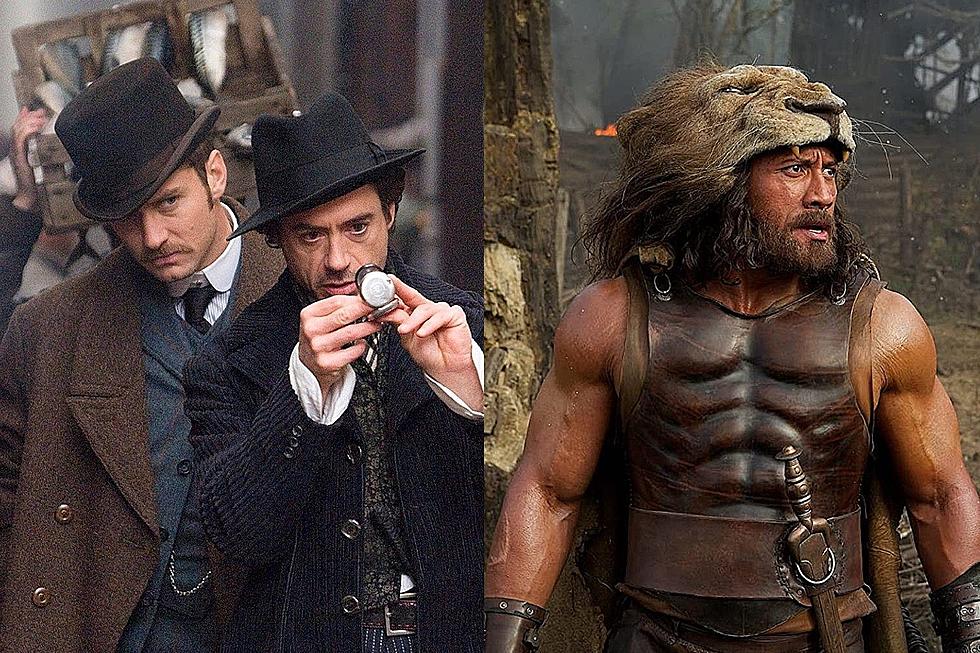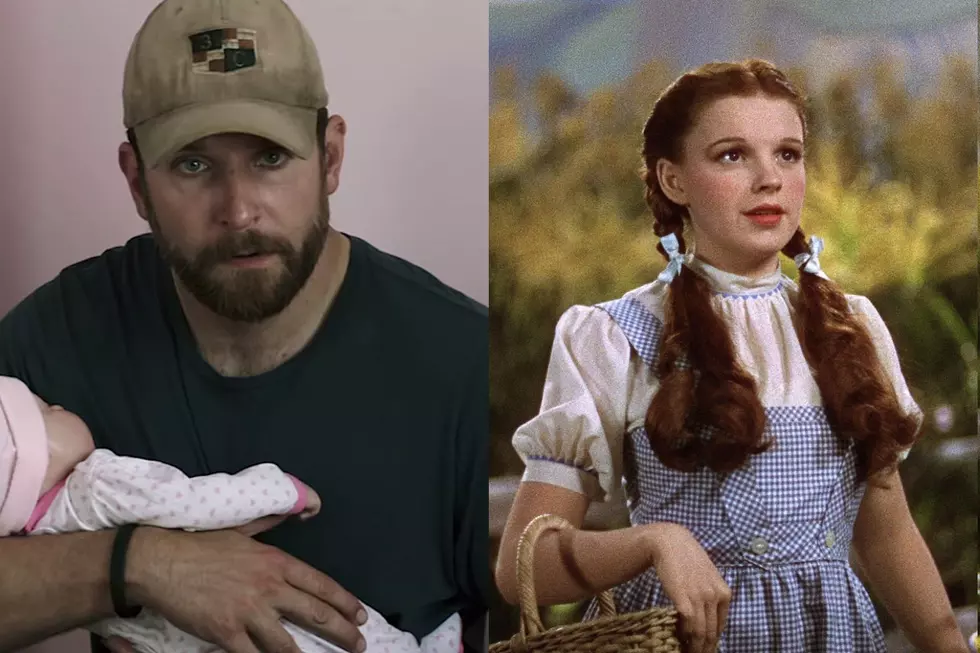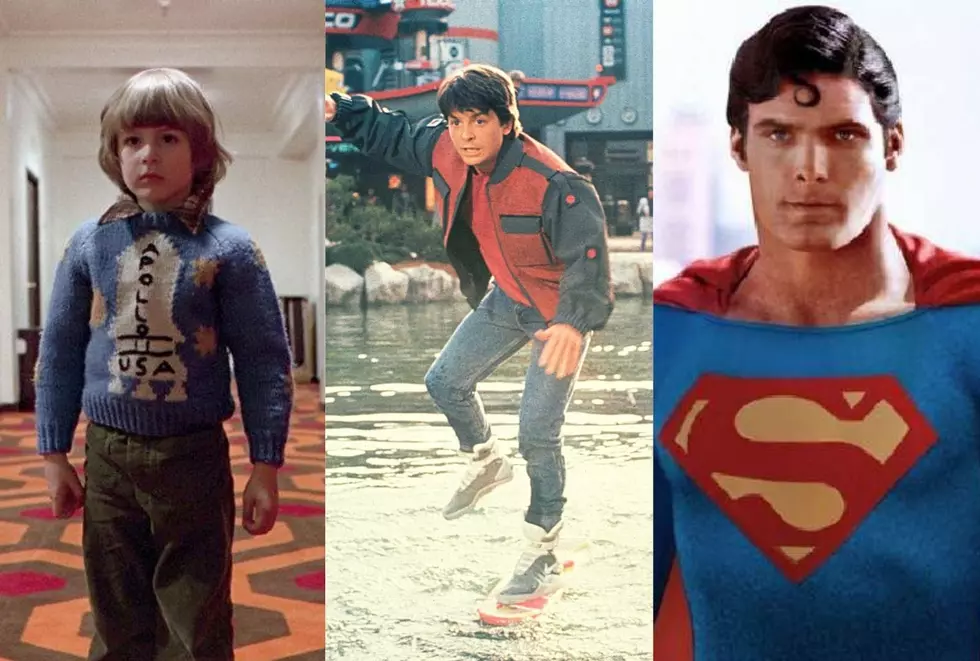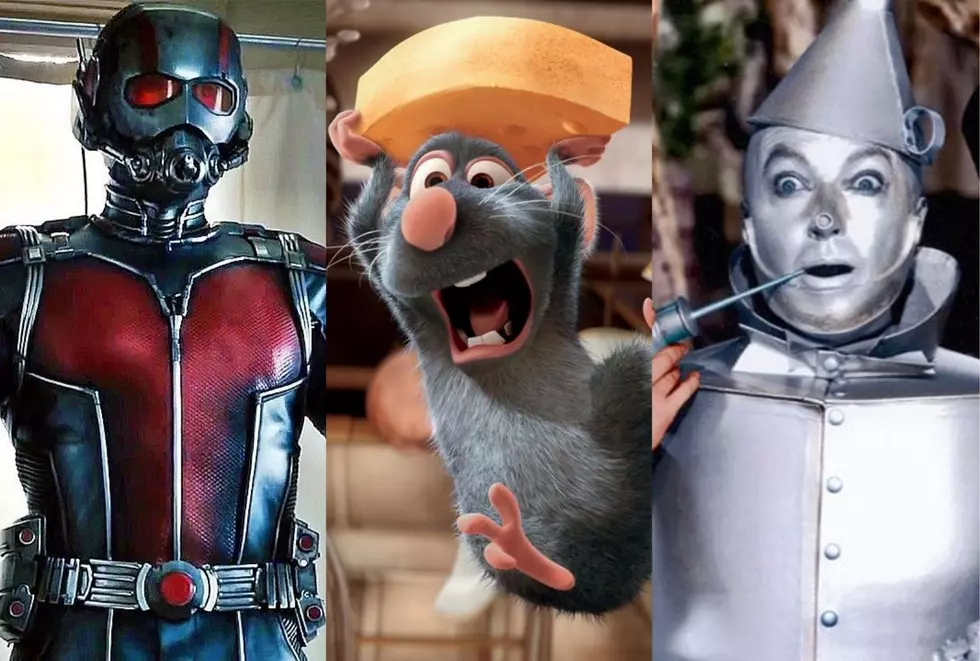This Alphabetical ‘Wizard of Oz’ Re-Edit Is an Avant-Garde Masterpiece
In the event that you’ve got 100 free minutes in the middle of your work day, take the time to watch Of Oz the Wizard, Matt Bucy’s feature-length re-edit of The Wizard of Oz that organizes every word spoken aloud in the 1939 classic into alphabetical order. Even if you don’t, create 100 free minutes. Lie to your boss. Fake a stroke. Claim you’ve got Midwinter Madness. It will be worth it.
Now that we’ve all watched the video in full and not passively tolerated it for forty-five seconds before giving up, we can recognize it for the masterstroke of avant-garde experimentalism that it is. Bucy has created a playfully sacrilegious thesis on the tensions between order and chaos, between the concrete and the abstract, a provocation that takes the soft-focus face of classic Hollywood and Picassofies it into something hostile, unsettling, and altogether unrecognizable.
The most immediate question that the video poses is why Bucy would take what must have been a huge amount of time to meticulously stitch this thing together in the first place. The answer to this question embeds itself in a different, perhaps more easily resolved question: why The Wizard of Oz? Bucy could’ve hacked and slashed his way through The Dark Knight, or Gunga Din, or whatever movie he felt like with no more difficulty than it took to create Of Oz the Wizard. The qualities specific to Victor Fleming’s seminal fantasy of Tinseltown artifice illuminate Bucy’s overall intentions with this titanic piece of work. The Wizard of Oz chiefly revolves around fakery, and the underrated values of fakery as an avenue towards knowledge of both the self and the world surrounding it. Dorothy Gale goes through a crisis of conscience after fleeing her provincial Kansas home, while her dream-state subconscious manifests her doubts and anxieties in story-book avatars for her friends and nemeses in waking life. Through garbled means — a typically Campbellian journey through a spectacular plane of pure imagination, complete with a canny literalization of a nightmare in the Wicked Witch of the West — Dorothy is able to make sense of the frightening vicissitudes of life and its attendant responsibilities. She awakens from her stupor to find that it was all a dream, that is to say, not real. And yet that doesn’t make the lessons she’s learned any less valid or valuable. (And on the metatextual level, the film medium’s gap-closing edits reinforce the notion of cinema as dream.)
Bucy’s film ironically counters the core thesis of Fleming’s film, imposing militaristic order on the candy-colored fantasia originally imagined by L. Frank Baum. Bucy puts the oneiric state in which the film primarily operates into a vice grip until all the wonderment, spontaneity, and indeed, life has been drained out of it. The alphabetization calls to mind rigidity and solidity, the human impulse to wrestle knowledge into submission through clearly defined figures and facts rather than approach understanding as a fluid process never fully completed. Those so inclined could interpret Bucy’s work here as a satire of the nascent culture of harebrained fan theories that clumsily attempt to knit a complex work of pop art into an equation with a hard-and-fast solution that only they have been smart enough to see. The most felicitous touch of all? That when stripped of their context and shoved into a more objective sort of order, these words mean nothing. The video’s complete gibberish, undercutting any association between the concepts of organization and efficacy of communication.
Bucy’s video is fascinating, but it ain’t pleasant. It’s frequently somewhat scary, sometimes for sadly extra-textual reasons (hearing a young Judy Garland moan the word “frightened” over and over again is a killer), sometimes simply because the word “from” turns into an aggressive bark or sub-human grunt after enough repetition. In short, it does what an experimental film with this level of irreverence and ambition ought to do, which is 1) put the saps watching it off-balance, and 2) challenge something they thought they knew. The neatest thing about Bucy’s use of The Wizard of Oz isn’t the film’s interplay with dream-states, but rather that stature it holds in American pop-cultural esteem. Fleming’s timeless fable is one of a select few pieces of entertainment that have stood the test of time as a universal touchstone experience; pretty much everyone sees The Wizard of Oz as a kid, and has vivid memories of flying monkey-related traumas. On The Sopranos, Lorraine Bracco-played shrink Dr. Melfi taps Fleming’s picture as a symbol of primal childhood fear, zeroing in on how it acquaints the most underdeveloped parts of the brain with the sensation of terror. In mutilating the American public’s collective childhood best friend and revealing the depths of disturbing fear that have laid latent within, Bucy has completed his conceptual Frankenstein’s monster. He re-animated a zombified classic of American cinema, transplanted its toes onto its forehead, and then strung the hideous aberration up as an example via Vimeo. Is it too early to start naming contenders for Best Film of 2016?
More From ScreenCrush









